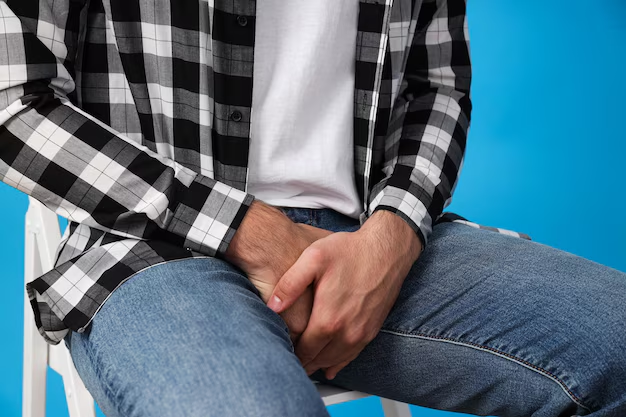Understanding Fecal Incontinence: What You Need to Know
Fecal incontinence, an often misunderstood condition, affects millions of people around the world, yet it remains shrouded in stigma and silence. It is not merely an inconvenience but a significant health and quality-of-life issue. This condition involves the inability to control bowel movements, leading to unexpected stool leakage. It can drastically impact self-esteem, social interaction, and overall well-being, making it crucial to understand its causes, management options, and the support available.
What Causes Fecal Incontinence?
Fecal incontinence can result from a variety of underlying issues, including:
- Muscle Damage: Injury to the muscles around the anal area, often due to childbirth.
- Nerve Damage: Conditions like diabetes or multiple sclerosis can disrupt nerve signals.
- Constipation: Chronic constipation may stretch and weaken muscles or lessen rectal sensation.
- Diarrhea: Diarrhea can create a sense of urgency that overwhelms normally functional control systems.
- Pelvic Floor Dysfunction: Weakness or poor functioning of the pelvic floor muscles.
Managing the Condition
Living with fecal incontinence requires more than a simple lifestyle adjustment. Here are some management strategies:
- Dietary Adjustments: Incorporate more fiber to improve stool consistency and regularity.
- Pelvic Floor Exercises: Kegel exercises strengthen pelvic muscles, offering improved control.
- Medications: Over-the-counter and prescription options can help manage symptoms.
- Biofeedback Therapy: Helps improve control by using visual/auditory feedback to strengthen muscle responsiveness.
It's important to consult healthcare professionals to develop a management plan tailored to individual needs and circumstances.
Exploring Financial and Educational Support
Navigating the world with a condition like fecal incontinence can lead to financial strains due to medical expenses, specialized clothing, or products. Fortunately, there are support systems available to alleviate some of these burdens.
Government Aid and Financial Assistance
Several programs cater to those with debilitating health conditions, offering financial relief:
- Social Security Disability Insurance (SSDI): Provides aid for individuals unable to work due to health issues.
- Medicaid: Offers health coverage, especially for services and medications.
- Supplemental Nutrition Assistance Program (SNAP): Assists with the cost of dietary adjustments.
Credit Solutions and Debt Relief
Managing healthcare costs can lead to debt. Effectively handling such situations can improve financial health:
- Credit Counseling: Offers guidance on managing debts, budgeting, and consolidating loans.
- Medical Bill Negotiation Services: Helps negotiate lower payment rates or establish affordable plans.
Educational Grants and Resources
For those affected by fecal incontinence pursuing education, assistance is available:
- Educational Grants: Reach out to organizations dedicated to aiding individuals with disabilities.
- Scholarship Opportunities: Many institutions offer scholarships for students with health challenges.
Taking advantage of available resources can provide practical support for those facing the financial and personal challenges of managing fecal incontinence. Remember, it's crucial to advocate for yourself or a loved one in navigating these programs.
Whether you’re seeking medical solutions or financial aid, understanding these options can pave the way to a better quality of life. Below, you'll find a curated list of resources that could provide much-needed assistance and relief.
Helpful Resources for Financial and Educational Assistance
- 💸 SSDI & Medicaid: Explore disability insurance and healthcare options.
- 🍽️ SNAP: Find support for dietary needs through nutrition assistance.
- 📉 Credit Counseling Services: Manage your debts effectively with professional guidance.
- 💰 Scholarship Programs: Investigate scholarships for students facing medical challenges.
- 💡 Medical Bill Negotiation: Connect with services that lower hospital and medication bills.
By leveraging these supports, individuals battling fecal incontinence can relieve financial stress and focus on managing their condition effectively.

Related Topics
- a Patient You Are Caring For Uses Incontinence Briefs
- Are Incontinence Products Tax Deductible
- Are Incontinence Supplies Covered By Medicare
- Are Incontinence Supplies Tax Deductible
- Can a Bladder Infection Cause Urinary Incontinence
- Can a Kidney Stone Cause Incontinence
- Can a Urinary Tract Infection Cause Incontinence
- Can a Uti Cause Incontinence
- Can Constipation Cause Incontinence
- Can Constipation Cause Urinary Incontinence